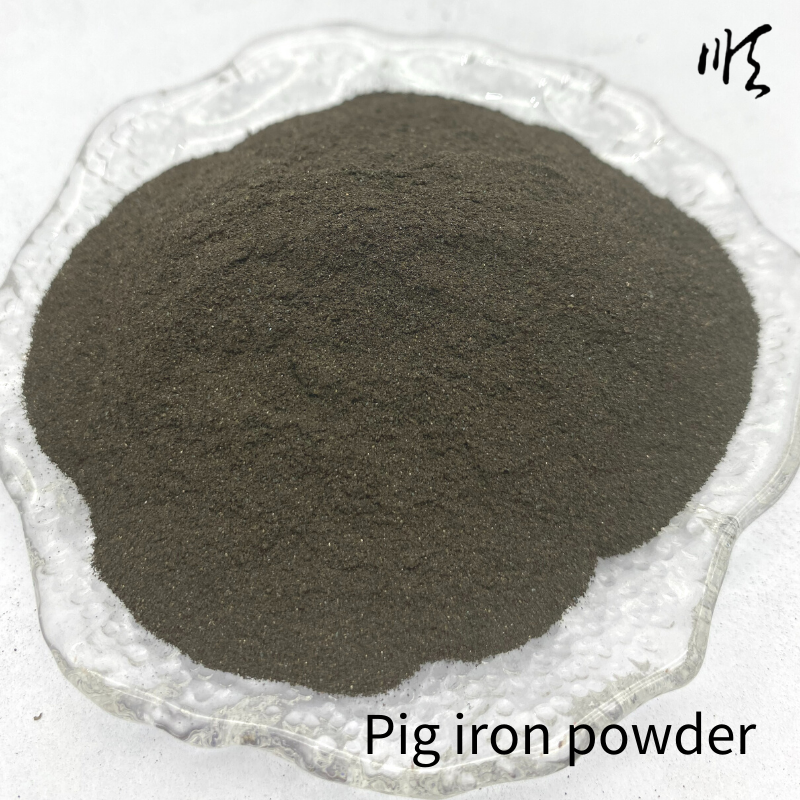
Properties and Applications of Iron Metal Powder in Various Industries
Iron Metal Powder An Overview of Its Properties, Applications, and Benefits
Iron metal powder is a fine powder made from iron, and it has gained significant importance across various industrial sectors. Its unique properties and versatile applications make it a critical material in manufacturing, metallurgy, and several advanced technologies. This article will delve into the characteristics of iron metal powder, its production methods, and its myriad applications in modern industry.
Properties of Iron Metal Powder
Iron metal powder is characterized by its high density, excellent conductivity, and magnetic properties. The size of the particles can vary, typically ranging from 1 to 100 micrometers, which influences their reactivity and application. The particles are usually spherical or irregularly shaped, providing a large surface area that enhances their chemical reactivity.
One of the notable properties of iron powder is its ability to be easily compacted and sintered. Sintering is a process where powdered materials are heated below their melting point to bond them into a solid mass. This capability makes iron powder ideal for powder metallurgy, where components are manufactured from metal powders.
Iron metal powder also exhibits good corrosion resistance when appropriately treated, making it suitable for diverse applications. Additionally, it can be alloyed with other metals to improve its mechanical and chemical properties, thus expanding its usability.
Production Methods
The production of iron metal powder can be accomplished through several methods, with each technique offering varying particle characteristics
. Some common methods include1. Atomization This process involves creating iron powder by melting iron and then dispersing it into fine droplets using high-pressure gas or water. After solidification, the droplets form powder particles. Atomization produces high-purity powders suitable for various applications.
2. Reduction In this method, iron oxide is reduced using a reducing agent, such as hydrogen or carbon. This chemical reaction results in the formation of iron powder. Reduction methods can yield powders with specific properties depending on the conditions used.
3. Mechanical Milling Mechanical milling involves grinding bulk iron using ball mills or other mechanical devices. This method allows for the production of fine powders but may introduce impurities due to friction and wear.
iron metal powder

4. Chemical Precipitation In this method, iron salts are converted into iron powder through precipitation. This technique is suitable for producing ultra-fine powders with high-purity levels.
Applications of Iron Metal Powder
Iron metal powder is utilized in numerous applications across various industries
1. Powder Metallurgy One of the most significant uses of iron powder is in powder metallurgy for producing automotive parts, gears, and other components. The ability to compact and sinter iron powder allows manufacturers to create complex shapes with minimal waste.
2. Additive Manufacturing Iron powder plays a crucial role in 3D printing and additive manufacturing technologies. It enables the production of intricate designs and geometries that would be challenging to achieve with traditional manufacturing methods.
3. Magnetic Materials Iron powder is essential in producing magnetic materials, including transformers, inductors, and magnetic recording media. Its magnetic properties make it a suitable choice for many electromagnetic applications.
4. Coating and Pigments Iron powder is utilized in producing coatings, paints, and pigments that offer corrosion resistance and enhance surface properties.
5. Chemical Applications The high surface area and reactivity of iron metal powder make it valuable in chemical processes, including catalysis and as a reducing agent in various chemical reactions.
Conclusion
Iron metal powder is a versatile and valuable material with numerous applications across a wide range of industries. Its unique properties, combined with various production methods, allow for the creation of high-quality products that meet specific performance criteria. As industries continue to evolve and demand innovative solutions, the importance of iron metal powder is expected to grow, driving research and advancements in its production and application. The future of iron powder is promising, as it remains a key player in the landscape of materials science and engineering.
Share
-
Fly Ash Solutions Enhanced by GPT-4 Turbo | Sustainable InnovationNewsAug.01,2025
-
Natural Premium Bentonite Cat Litter - Superior ClumpingNewsJul.31,2025
-
Premium Resin Coated Sand - High Heat Resistance CastingNewsJul.31,2025
-
High Quality Silicon Carbide Grit for Abrasive ApplicationsNewsJul.30,2025
-
High-Quality Ceramsite for Plants & Gardening | Lightweight PebblesNewsJul.29,2025
-
Premium Burgundy Glass Marbles for Vases & Shooter GamesNewsJul.29,2025






